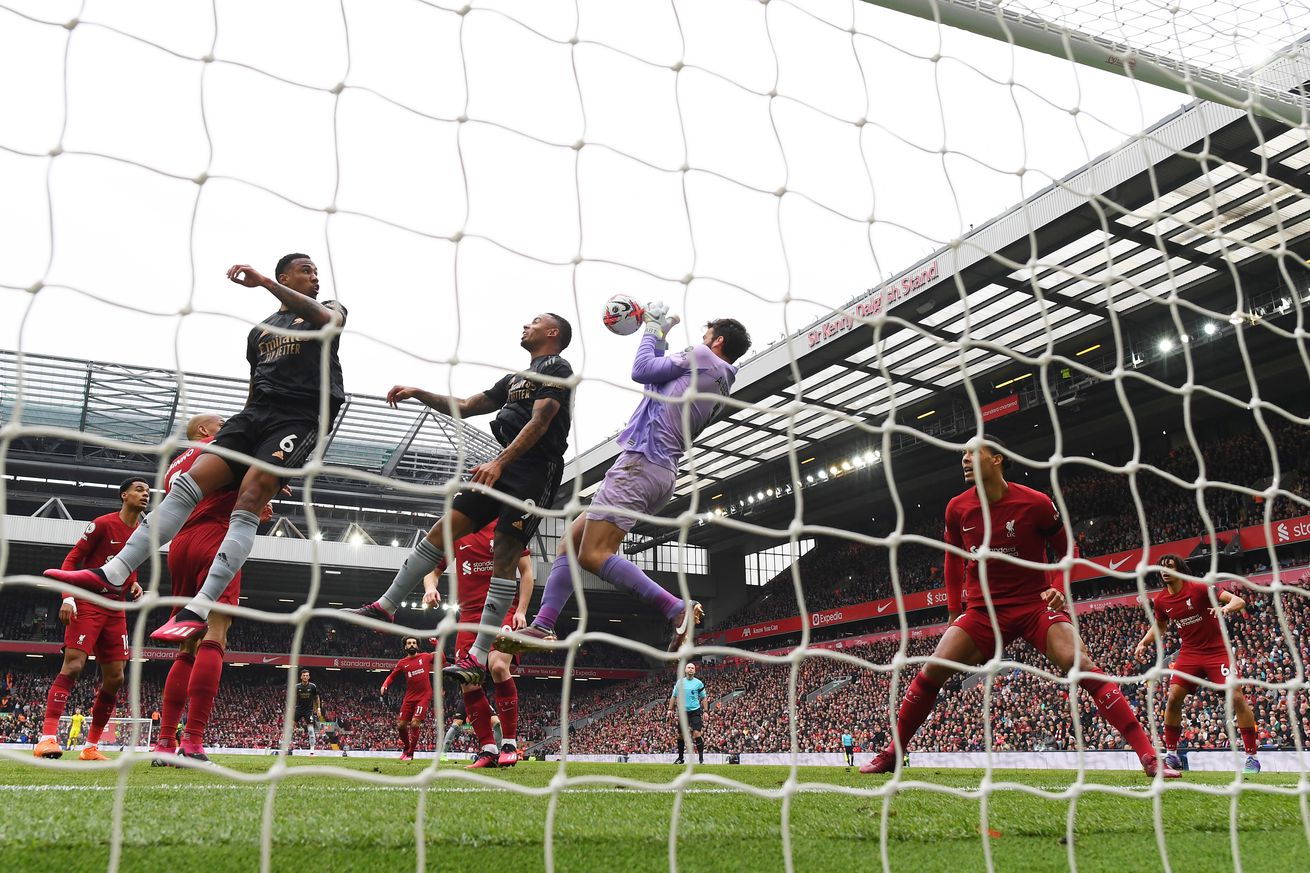
This interview was first published in April 13th’s edition of Command Line, my weekly newsletter about the tech industry’s inside conversation. You can subscribe here to get future editions delivered to your inbox.
As Elon Musk continues wielding Twitter like a blunt weapon against competitors like Substack, the downsides of centralized social media platforms are becoming more apparent every day. For those like me who have built a valuable audience on Twitter over the years, it’s unnerving to consider that those relationships could be broken or taken away completely in the blink of an eye.
That underlying unease animates much of the consternation toward Musk these days. Zooming out, it’s also why I’m closely watching the rise of decentralized social media platforms like Mastodon. Ultimately, they promise that a Musk-like figure won’t be able to censor or ban someone from the underlying protocol. I like to use the analogy of email service providers: you can theoretically be kicked off Gmail and still take your contacts and emails with you to another address.
Before Musk reluctantly bought Twitter, former CEO Jack Dorsey funded and spun off Bluesky, a public benefit company tasked with building an open-source, decentralized social media protocol that he wanted Twitter itself to eventually operate on. Bluesky remains invite only to access but is now starting to let in more users. After setting up my account recently, I wanted to talk with CEO Jay Graber. She agreed to answer some of my questions this week for what I believe is her first interview since she joined to lead the project in August 2021.
Right now, Bluesky’s interface is a shameless clone of Twitter. A key difference is that it defaults to a chronological feed of who you follow and lets you choose to toggle between a “What’s Hot” algorithmic feed. The service currently lacks the basic tools it needs to live up to its decentralized mission, including the ability to export account data. Big parts of what the underlying AT Protocol (atproto) promises to deliver, such as a marketplace of feed algorithms to choose from, also don’t exist yet. The company’s approach to content moderation was just outlined. It’s early days.
Still, I’m fascinated by what Bluesky will become. In the near term, it represents direct competition to Mastodon and Nostr, another decentralized social networking protocol that is also funded by Dorsey. In the long term, the ethos behind Bluesky could signal where the rest of social media is headed.
Below is my interview over text with Bluesky CEO Jay Graber, lightly edited for clarity:
I saw you posted (what are Bluesky posts called btw?) that the waitlist for the service jumped to over 1.2 million after Elon Musk bought Twitter. How many accounts have you let on so far, and when do you think the full waitlist is allowed on?
I hesitate to give timelines because we’re a small team and are working hard right now to keep up with demand and build out the moderation tooling that we think is essential to broader adoption. We’ve let in about 20,000 people so far.
Officially, we simply call posts on Bluesky “posts” because they are a common component in the underlying protocol (the AT Protocol) and will show up in many different kinds of client apps. It’s a topic of debate for our current users, though.
Mastodon / ActivityPub seem to be where most of the energy in decentralized social media is going. What’s the main thing the AT Protocol offers that’s better, and how do you compete with that head start? I’m also curious if you ever see interoperability between atproto and ActivityPub happening.
We’ve designed a protocol that has three big things we think are missing from the Mastodon ecosystem: account portability, global discoverability, [and] composable, customizable curation and moderation.
We don’t see ourselves as being in competition with Mastodon — we welcome approaches to decentralize social platforms and are simply taking a different, opinionated approach. Our focus right now is on building out our approach and proving it works at scale.
I know Jack Dorsey is on your board and helped dream this all up. These days, he seems much more into Nostr and spending his time there. Has there been a change with his involvement in Bluesky?
Nope, he’s still on our board. He also welcomes multiple approaches to achieving a decentralized social ecosystem, and I believe he ultimately just wants this paradigm of protocols instead of platforms to succeed.
Are you all planning a business model to support all this (both for you, the company, and developers), or is it too early for that? A marketplace of algorithms is compelling to me, but I’m wondering what the incentives will be for those algorithms to be made.
We have some ideas for business models but are currently focused on the near-term challenges of moderation and growth. There’s a lot to tackle here! In an open marketplace, there will very likely be value-added services that people find worth paying for.
Are you ready for Elon to ban your links?
As the owner of a centralized site, he is free to do that if he wants. But this is exactly why what we’re building is important — the AT Protocol gives users freedom, and developers locked-open APIs.
Because even if Bluesky the app decides to block something, I can take my profile and social graph to another client and not rebuild from scratch?
100 percent. That’s the benefit of account portability between services that we’ve designed around. Users can still opt in to the convenience of an easy-to-use service, but the user’s ability to leave when they want constrains the service’s ability to abuse their power.
To get the rest of last week’s edition of Command Line, you can subscribe below. The first month is free.

/cdn.vox-cdn.com/uploads/chorus_asset/file/24590506/Starship_test_flight_plan.jpg) Image: SpaceX
Image: SpaceX



/cdn.vox-cdn.com/uploads/chorus_asset/file/24585223/236608_HP_14_review_MChin_008.jpg)
/cdn.vox-cdn.com/uploads/chorus_asset/file/24585221/236608_HP_14_review_MChin_006.jpg)
/cdn.vox-cdn.com/uploads/chorus_asset/file/24585218/236608_HP_14_review_MChin_003.jpg)
/cdn.vox-cdn.com/uploads/chorus_asset/file/24585220/236608_HP_14_review_MChin_005.jpg)
/cdn.vox-cdn.com/uploads/chorus_asset/file/24585219/236608_HP_14_review_MChin_004.jpg)


/cdn.vox-cdn.com/uploads/chorus_asset/file/24449267/236535_Kia_EV6_GT_TStevens_0029.jpg)
/cdn.vox-cdn.com/uploads/chorus_asset/file/24449275/236535_Kia_EV6_GT_TStevens_0046.jpg)
/cdn.vox-cdn.com/uploads/chorus_asset/file/24449273/236535_Kia_EV6_GT_TStevens_0040.jpg)
/cdn.vox-cdn.com/uploads/chorus_asset/file/24449272/236535_Kia_EV6_GT_TStevens_0039.jpg)
/cdn.vox-cdn.com/uploads/chorus_asset/file/24449271/236535_Kia_EV6_GT_TStevens_0038.jpg)
/cdn.vox-cdn.com/uploads/chorus_asset/file/24449264/236535_Kia_EV6_GT_TStevens_0020.jpg)
/cdn.vox-cdn.com/uploads/chorus_asset/file/24449259/236535_Kia_EV6_GT_TStevens_0002.jpg)
/cdn.vox-cdn.com/uploads/chorus_asset/file/24449261/236535_Kia_EV6_GT_TStevens_0012.jpg)
/cdn.vox-cdn.com/uploads/chorus_asset/file/24449274/236535_Kia_EV6_GT_TStevens_0045.jpg)
/cdn.vox-cdn.com/uploads/chorus_asset/file/24449260/236535_Kia_EV6_GT_TStevens_0011.jpg)
/cdn.vox-cdn.com/uploads/chorus_asset/file/24449268/236535_Kia_EV6_GT_TStevens_0030.jpg)






/cdn.vox-cdn.com/uploads/chorus_asset/file/24578377/IMG_1306.PNG) Screenshot: Victoria Song / The Verge
Screenshot: Victoria Song / The Verge
/cdn.vox-cdn.com/uploads/chorus_asset/file/24578382/IMG_1308.PNG) Screenshot: Victoria Song / The Verge
Screenshot: Victoria Song / The Verge
